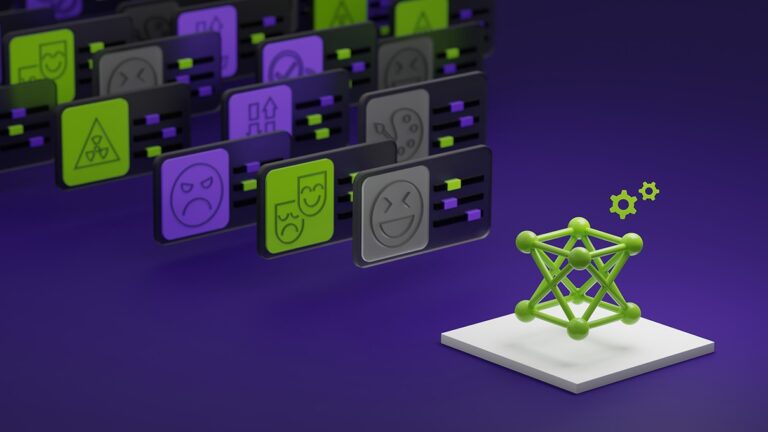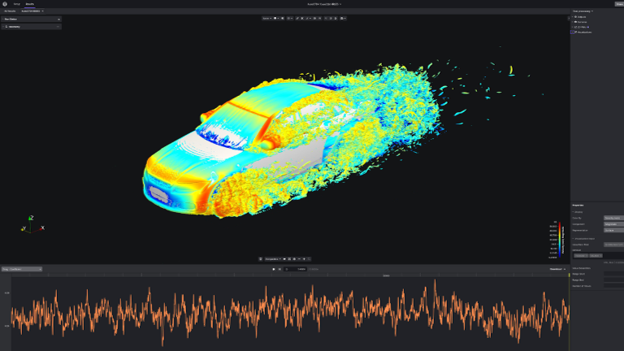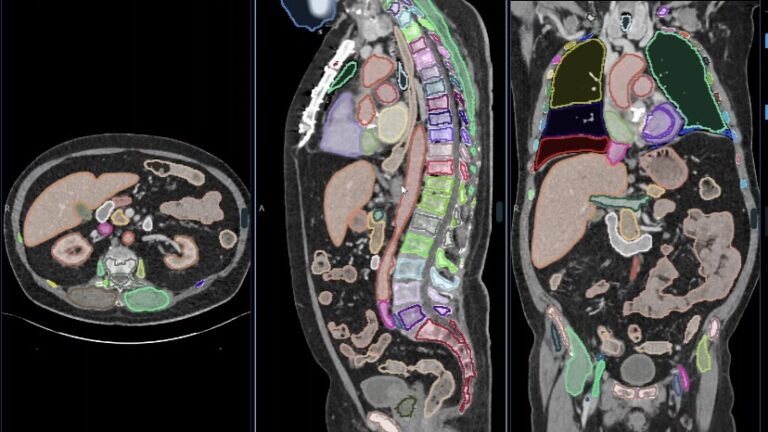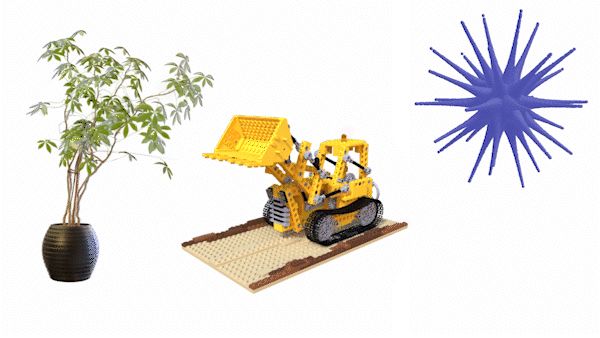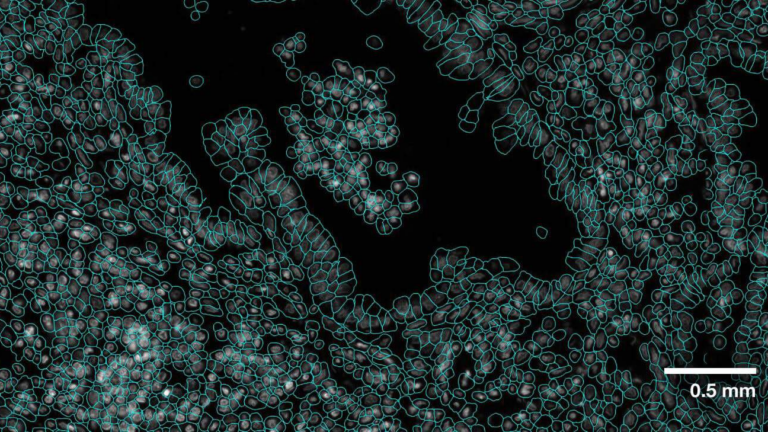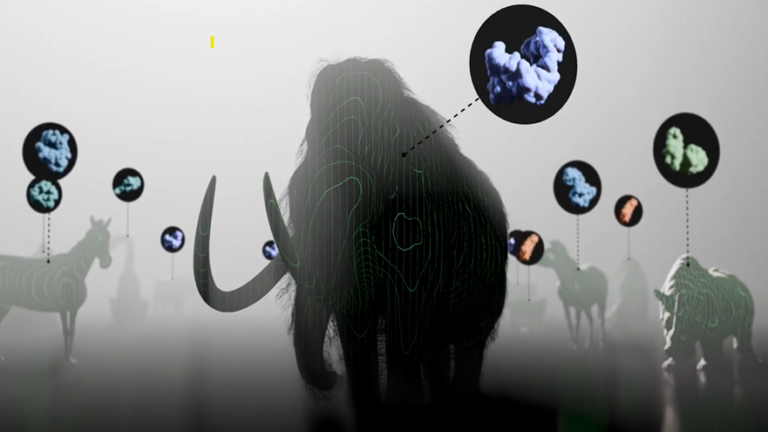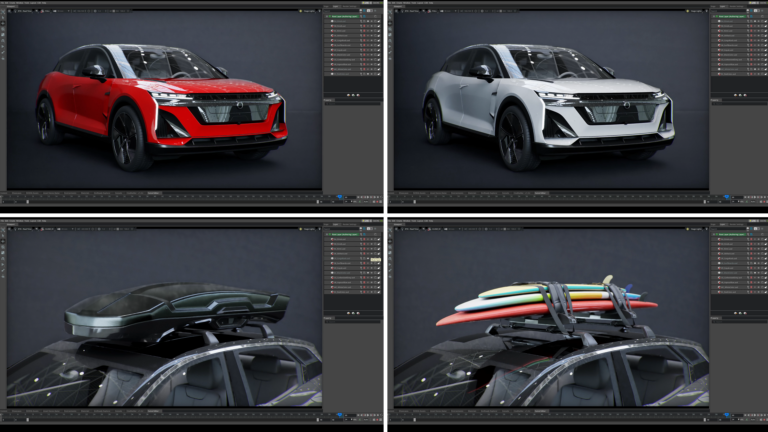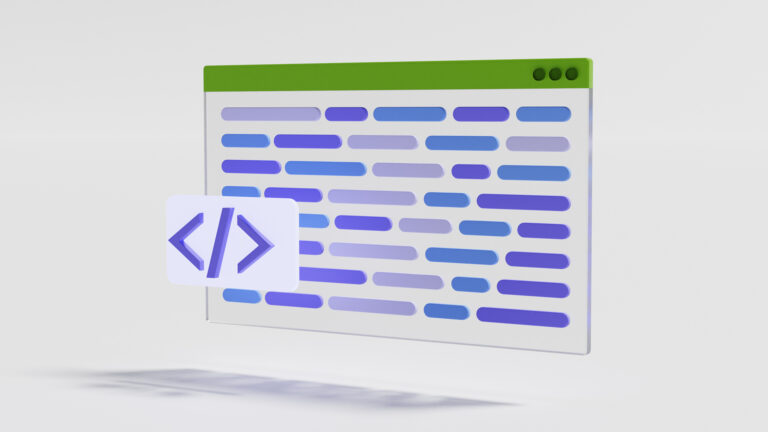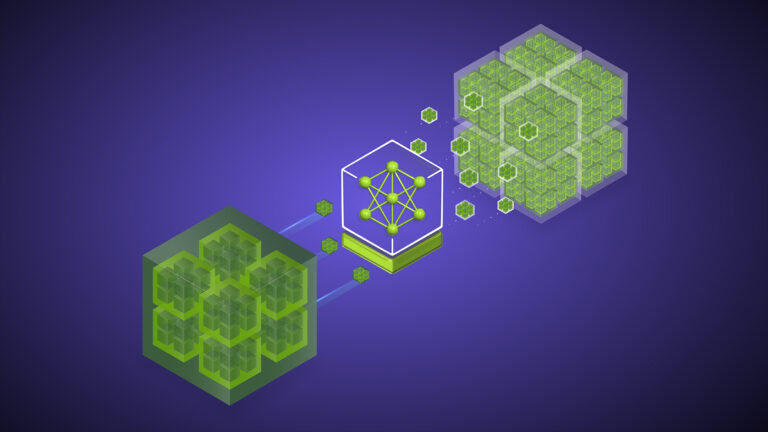Six years ago, real-time ray tracing was seen as a pipe dream. Back then, cinematic-quality rendering required computer farms to slowly bake every frame…
Six years ago, real-time ray tracing was seen as a pipe dream. Back then, cinematic-quality rendering required computer farms to slowly bake every frame overnight—a painstaking process.
By 2018, this level of performance was achievable in real-time, at 45 frames per second, enabling applications like video games to take a massive leap in graphical quality.
As part of our RTX 500 celebration, we wanted to take a look back at NVIDIA’s Project Sol. This real-time cinematic series showed off visuals at a level of fidelity that audiences had only ever seen in high-end animated films. Check them out below:
Video. Project Sol: A Real-Time Ray-Tracing Cinematic Scene Powered by NVIDIA RTX
Additional videos in the series
Video – Project Sol Part 2: A Real-Time Ray-Tracing Cinematic Scene Powered by NVIDIA RTX
Video – Project Sol Part 3: A Real-Time Ray-Tracing Cinematic Scene Powered by NVIDIA RTX
We recently caught up with Gabriele Leone, a senior design director at NVIDIA and the creative director behind the Project Sol series.
When you first started working on the Project Sol real-time cinematic, what were your expectations for the final project, and how close did you get to your initial vision?
Working on Project Sol was an exhilarating experience, especially because it was our first dive into developing real-time content with consumer GPUs supporting real-time ray tracing. Our prior project, Reflections, was a collaboration with Epic that relied on the power of an NVIDIA DGX Station. But with Project Sol, we shifted to using just a single GeForce RTX 2080 GPU, which was a remarkable leap forward. We did come quite close to realizing our vision, although, as with any project, we faced our share of deadlines and constraints. But overall, it was a fantastic journey.
What is the difference between path tracing and ray tracing?
Path tracing and ray tracing are both rendering techniques, but they have key differences. Ray tracing is a technique for generating an image by tracing the path of light as pixels in an image plane, simulating effects like reflections and shadows. Path tracing, on the other hand, is a more comprehensive method that extends ray tracing by simulating the paths of many rays per pixel to produce more realistic lighting and shading. While ray tracing is great for producing visually accurate images, path tracing takes it further by accounting for the complex interactions of light in a scene.
Why was it so common for people to say that real-time ray tracing was at least 10 years away? How did NVIDIA speed up that timeline?
The notion that real-time ray tracing was over a decade away was widespread at the time, with some estimates even stretching to 15 years. NVIDIA approached this challenge from all fronts, both in hardware and software. The introduction of RT and Tensor Cores and the development of DLSS played pivotal roles. It’s amazing to reflect on the tremendous strides made in just five years, accelerating what many thought was a distant future. Now we have 500 RTX games and apps using RT or DLSS.
In the Project Sol series, the hero’s face is never fully lit. Is that due to challenges with realistic skin lighting?
The choice not to fully reveal the hero’s face was more a result of our project timeline constraints than technical challenges with skin lighting. Character development, particularly with realistic facial features, requires considerable time and resources, which we didn’t have at our disposal for this project. So, it wasn’t as much about the difficulties in rendering skin, but more about prioritizing project elements within the given time frame.
What artists or studios have influenced you?
My artistic influences are more rooted in the games I grew up playing than specific studios. Titles like Warcraft 2 and 3, Starcraft: Brood War, Counter-Strike 1.6, Monkey Island 2 and 3, Broken Sword, Silent Hill 1 and 2, Super Smash Bros. Melee, and The Legend of Zelda: Ocarina of Time and Wind Waker deeply influenced me. These games shaped my love for art and real-time graphics. In terms of artists, Dalí, Craig Mullins, and Sparth have been significant influences.
What’s the next major challenge for graphics technology?
The next big frontier in graphics technology is achieving flawless real-time path tracing. This involves perfecting all possible effects under every conceivable condition, representing a significant leap in the realism and visual fidelity of real-time graphics.
Thanks to continuous advancements in RTX GPUs, which are becoming increasingly powerful, coupled with software innovations like DLSS 3.5, this path-traced reality is becoming more tangible. Games such as Alan Wake 2 and Cyberpunk 2077: Ultimate Edition serve as prime examples of the direction in which we’re headed, indicating an even more exciting future for graphics technology.
What are your tips for developers who are just starting to add real-time ray tracing to their development pipeline?
For developers starting with real-time ray tracing, I’d advise focusing on how it can enhance the overall gaming experience. Ray tracing opens new possibilities that weren’t possible before. However, simply turning on RTX won’t unlock its full potential. Consider how ray-traced shadows, reflections, and global illumination can be strategically used. Thoughtful art direction, aligned with these capabilities, can significantly elevate your game’s visual impact.
Learn more about the NVIDIA RTX platform and our tools for game developers.



